For the last leg of our holidays we went to the Douro Valley and, finally, Porto. Impossible then not to go tasting port wine… To be honest, however, I had to force myself a little bit to do it. I still remember port from my days as a student, when I had a, let’s say, « younger » taste. Port was sweet and therefore I drank port, it was as simple as that. I drank cherry beer for the same reason…
Luckily things have evolved! I never really came back to port, however. Even though I know there is so much more to it than the cheap supermarket ruby and tawny ports. Reason more why I had to take this chance to sample a few ports.
So off we went! First stop was Quinta da Pacheca, a small winery (50 hectares) based in Lamego, which is situated in the Baixo Corgo, the first of three sub-regions in the Douro valley, being the coolest of the three and receiving more rainfall than the Cima Corgo and the Douro Superior.

Map copyright of Court of Master Sommeliers
A boat trip from Pinhao to Tua allows you to get an impressive overview of the vineyards on the very steep slopes of the hills along the river.
Pacheca prides itself of being one of the first wineries to bottle under their own label, well before the Douro became a demarcated zone in 1756, the first one in the world by the way. Despite the fact that Quinta da Pacheca is a relatively small winery, it is modern, having its own hotel (barrel rooms included) and fancy restaurant.
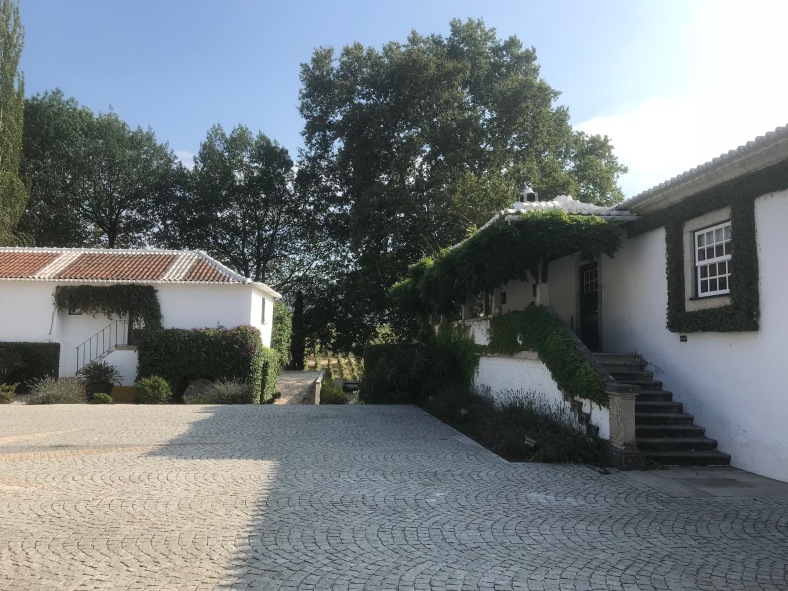
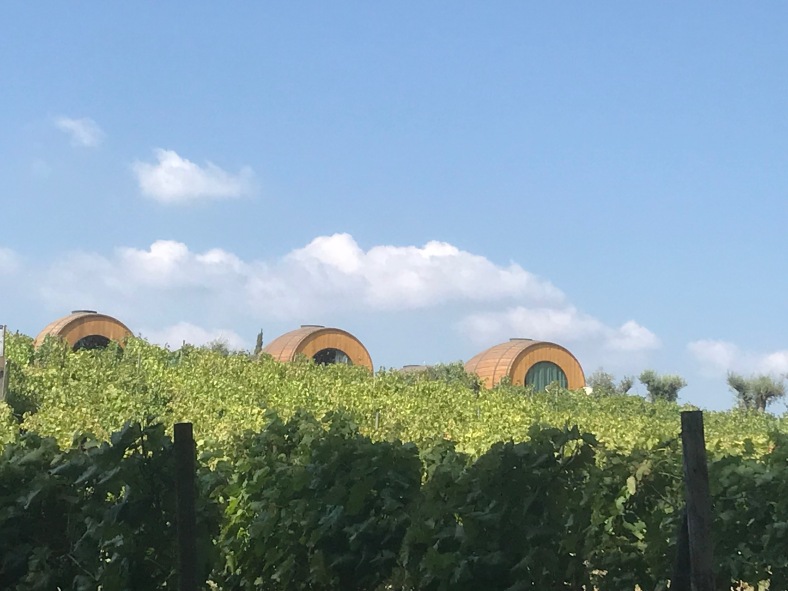
Beautiful, but I hope they have airco!
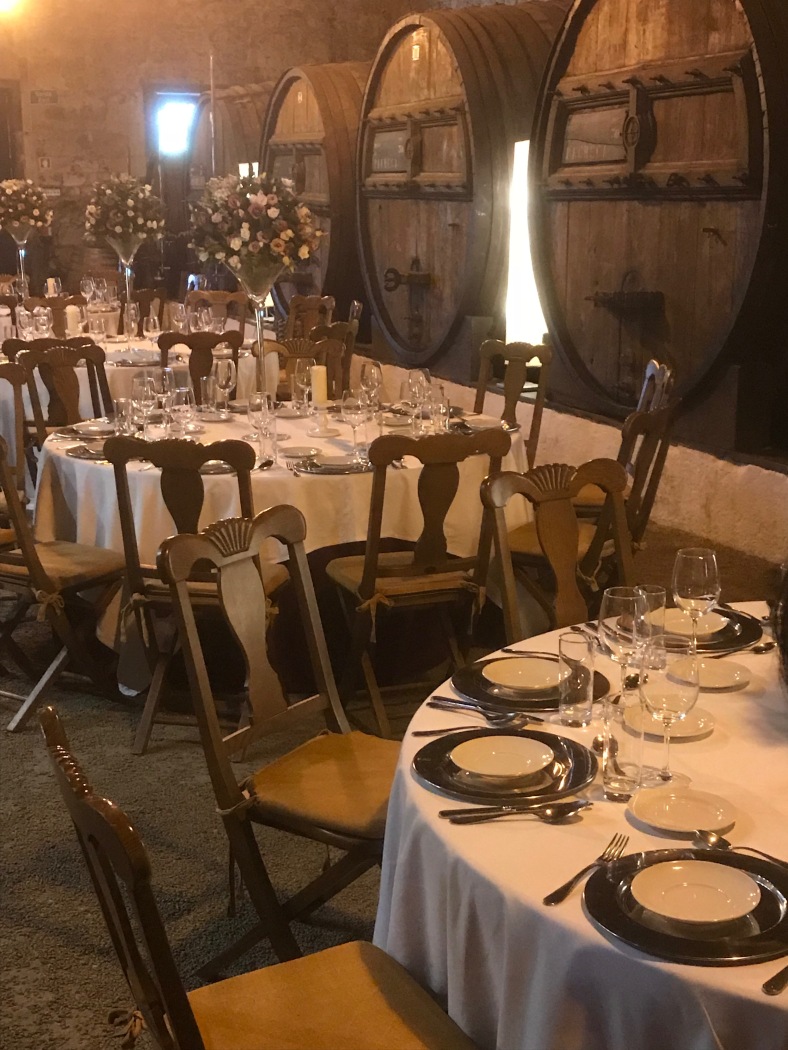
Groups who are on a boat tour have dinner in their vat room

A certain Mr Sandeman is watching over
I was on an organised visit, and Pacheca also has still whites and reds, so the tasting included also two still wines, before the port wines. Of the latter we tasted a 20 year old tawny and the 2012 vintage.
If you’re not familiar with the styles of port wine, these are the basics : tawny is an oxidized style of port (hence the color and the name) because it spends many years in small wooden barrels, up until 40 years! Ruby ports are not oxidized because they are bottled immediately (standard rubies) or spend a limited time in big wooden casks (vintages). Vintage ports are top ruby ports and considered to be among the best wines in the world. These ports are at their best after several decades of bottle ageing, so you need to be very patient if you buy a vintage port…
Normally vintage ports are only declared in the best years, 2011 being such a year, and more recently 2016. Some wineries, like Pacheca apparently, chooses to declare more often, the choice being entirely theirs. They do need to get the approval of the Port and Douro Wines Institute, because it’s the institute that decides whether the port is good enough to be declared as a vintage.
Back to Pacheca :
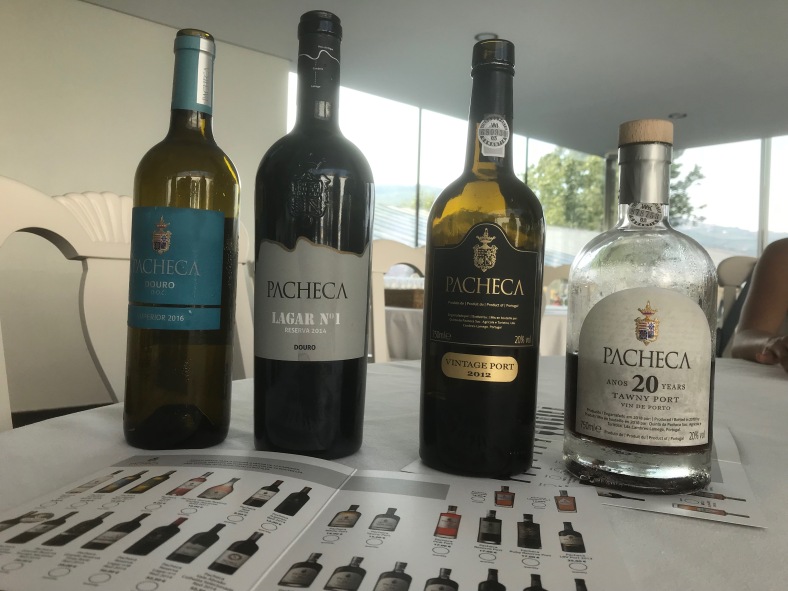
Vintage 2012 :
Very smooth aromas and mouthfeel. Ripe cherries, surprisingly low in tannin for such a young port, good acidity. Very soft, velvety even. A bit too easy for my taste, honestly. A smooth operator! 42€
The 20 year old tawny
Very rich, opulent nose, with dried figs, date, brandy, and quite strong oxidative aromas here but I love how the walnuts complement the candied fruit and give extra depth, almoste create another level within the wine. Very long finish, with good acidity helping the port to linger nicely on your tongue. I will spill the beans a little bit : this was the best port I had in Portugal, and you will be astounded once you see which other ones I’ve tasted later on… 42€
Just a round of applause, by the way, to Quinta da Pacheca for letting us taste such beautiful and expensive wines on the tour. At other wineries, the better the quality, the more you paid. Not unlogical, and that’s why it makes the Pacheca tasting even more exceptional.
Once we were in Porto for the final leg of our holidays, we tasted a few more port wines.
At Quinta do Noval, on the terrace of their wine shop/bar, on the bank of the river Douro. Great setting to watch the sunset!

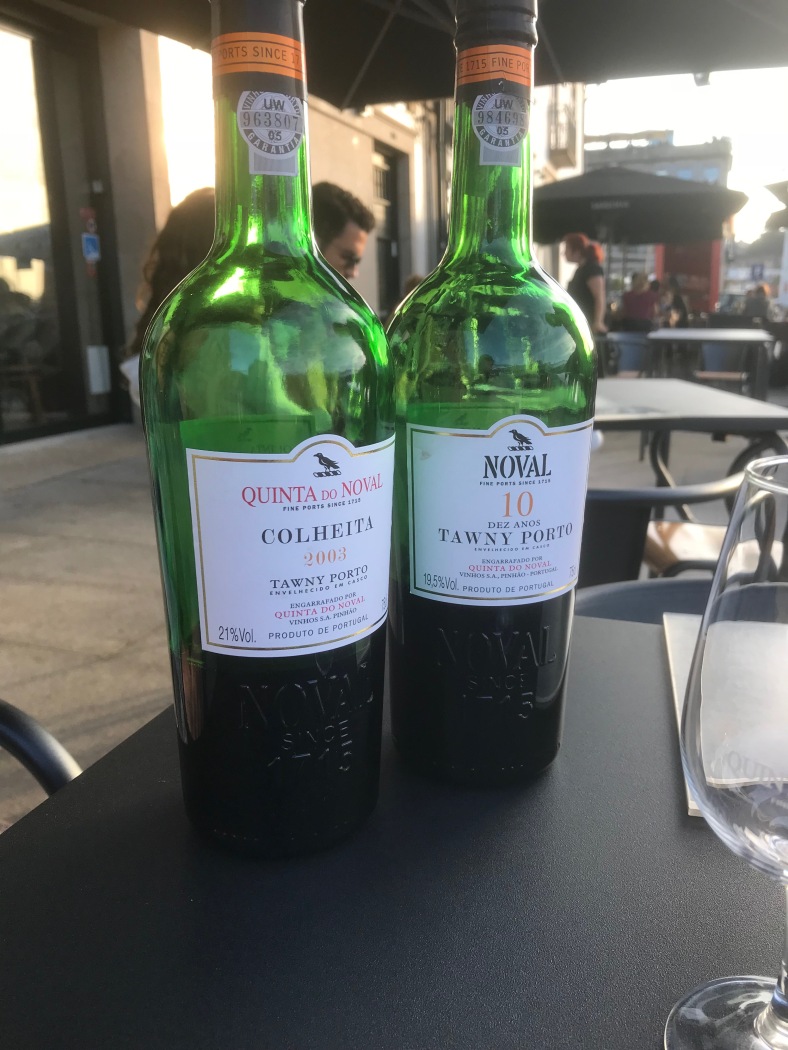

Hey, what is Ronaldo doing here?!
Colheita 2003
A colheita is basically a tawny port from one particular vintage, 2003 in this case. On the label it shows when the wine was bottled, 2018 for this one, which makes this a 15 year old tawny. The oxidation here is also quite clear, but not in a way you’d expect it to be. This was the kind of nose of a wine that is slightly past its peak. Not much, I don’t want to exaggerate, but I think the time has come to drink this Colheita. Rather low acidity as well, probably explained by the hot vintage, which makes it a bit viscous. Not my cup of tea, I’m afraid.
Tawny 10 Years old
More balanced nose than the Colheita, ripe cherries, smooth, not very nutty at this stage. Good port. But what I often saw is that the price of the 20 year old tawny was not exponentially higher. If the 20 year old gives more complexity, what I expect it does, it might be worth spending a bit more.
The last winery we visited was Graham’s, a property of Symington. No tour, just tasting.
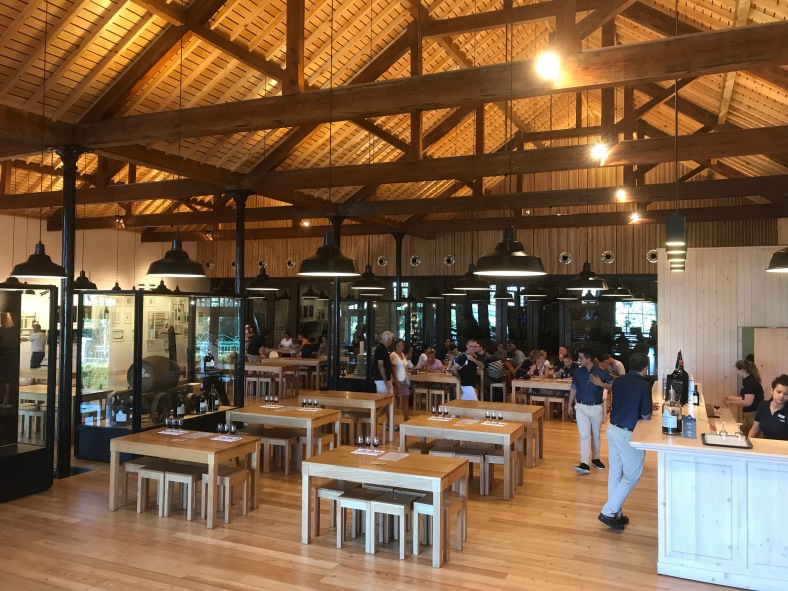
Lot’s of people visiting Graham’s

18€ per glass…
Tawny 10 Years old
Ripe cherries, the sweetness still quite present, but well balanced. You sense that this the youngest of the tawnies. Very smooth and rather easy-going.
Tawny 20 Years old
A bit more depth here, but it’s still the fruit that draws the attention. Very little nuttiness in comparison to the Pacheca. Good, but you know by now which one I prefer…
Since this was our last visit, and since Graham’s is a big name, I was very curious to taste a top port, so we decided to spend a couple of extra euros (this is an understatement) for the 40 year old tawny and the 1983 Vintage! 18€ each per glass. Tasting portion!
Tawny 40 Years old
This had to be it. The nec plus ultra, the wine that overarches all the others and keeps you silent for a couple of minutes. 1983 is considered a top vintage and we were told that it’s now in a beautiful spot to drink. The nose was definitely complex, with loads of candied fruit, dates, figs, you name it, but also quite a strong caramel aroma, which I found a tiny bit too present. The port was very much like nectar, liquid honey almost, and again little oxidation. Very nice, deep. But I suppose this is a slightly different style than the Pacheca. Different price also… 142€
Vintage Port 1983
Very fine nose, dried raisins, slightly herbal. This makes me think somewhat of a nicely evolved Chateauneuf, quite ripe obviously, but still elegant and persistent. Good balance and very soft. I expected a bit more length perhaps. But still, a very nice vintage. Unfortunately at the same price level of the 40 year old tawny : 142,50€.
The visit to Graham’s was a nice ending of my little port exploration. It gave me an idea of what top ports can offert. But am I now converted to port wine? Well… Hard to say at this point as I noticed that the styles of Pacheca and Graham’s differed considerably. So it would be nice to explore a bit further. Unfortunately, the better quality port wines come at a price (and prices are going up fast it seems), so you will not just buy a couple of dozens just like that. So I’ll start with laying my hands on a Pacheca Tawny 20 Years. Because that was a bottle that I seriously liked!




So with you experience you say the styles of Pacheca and Graham’s differed considerably. Did you prefercone over the other? Just curious to hear more!
LikeLike
Hi Lynn, yes I found the tawny ports to be quite different. Despite the fact that these are ports made in an oxidative style, Pacheca’s 20 year old was much more « nutty » than Graham’s 20 year old, and even more than Graham’s 40 year old! The latter still having lots of candied fruit. Interesting detail : I asked both at Pacheca’s and at Graham’s how much they lose every year by evaporation, and Pacheca loses 5% while Graham’s loses only 2%. I didn’t get a chance to delve deeper into this during the visits to understand where the difference comes from, but it’s an indication that the oxidation is greater at Pacheca’s. Which might explain the difference in style. At least that’s what I think. Unfortunately these organised tours don’t allow for this kind of geek questions 🙂
LikeLike
For some reason, I don’t drink port nearly as much as I used to. What happened? Now I’m itching to add a few bottles to my collection — it’s been too long since I’ve had some. Thanks for the reminder!
LikeLiked by 1 person
Pleasure! I think port still suffers a bit from a reputation problem. Some people nastily call it a « old women’s drink ». When I see how prices of port are on the rise, however, there seem to be also plenty of people who don’t find it an old women’s drink 😉
LikeLike